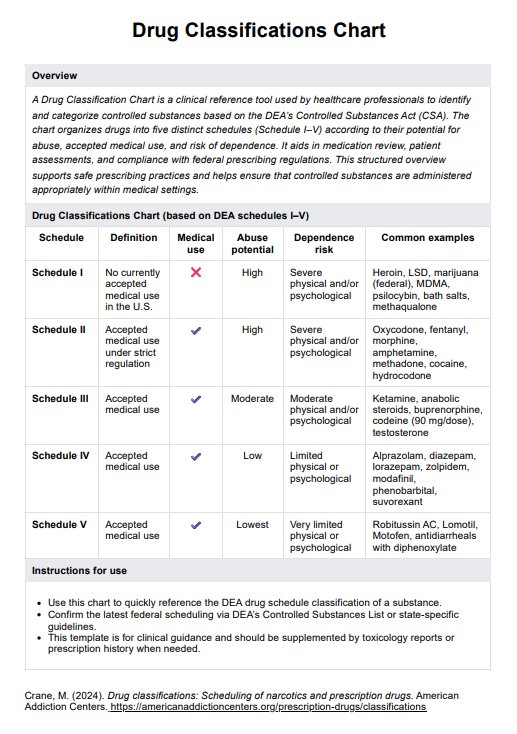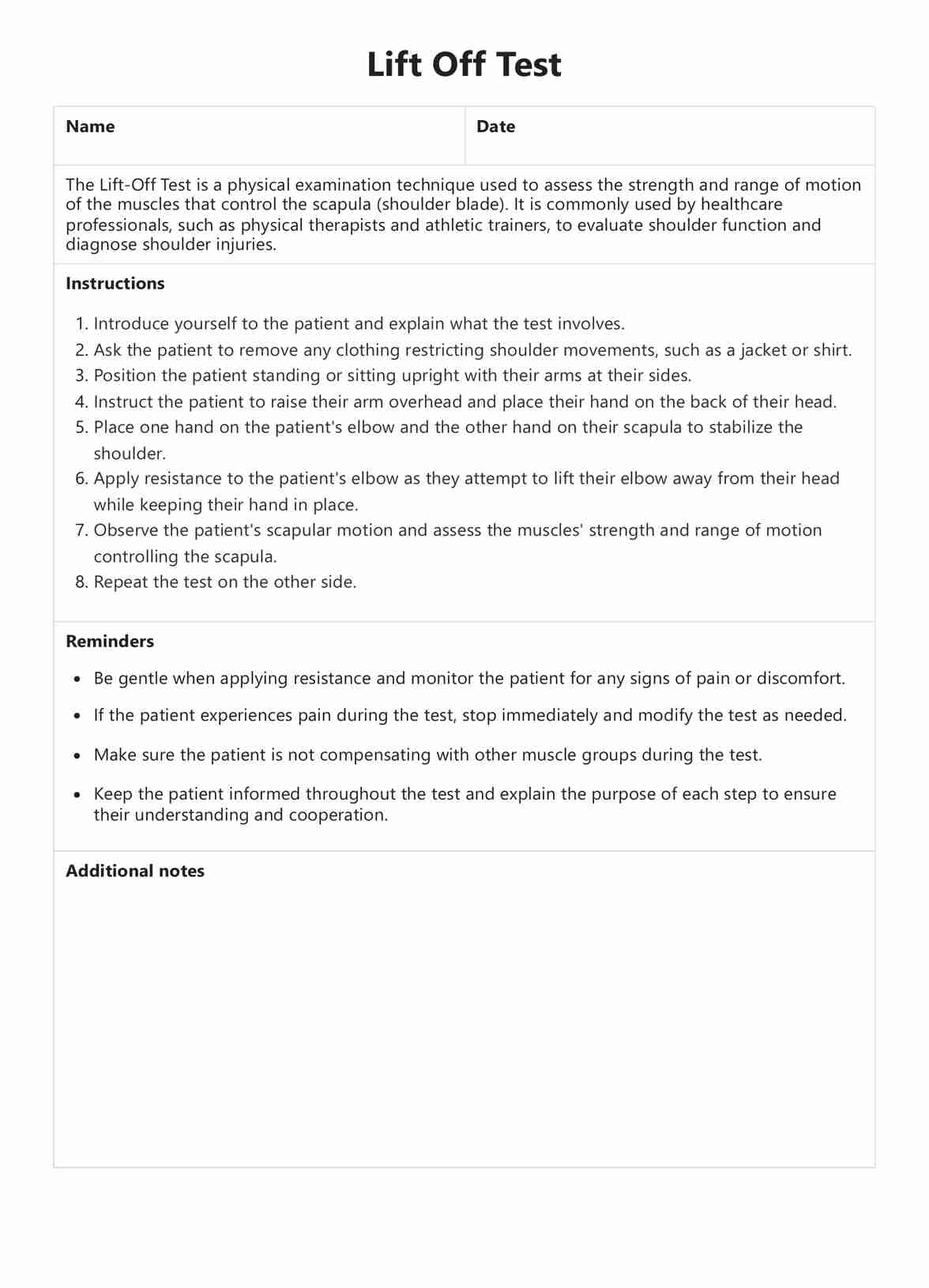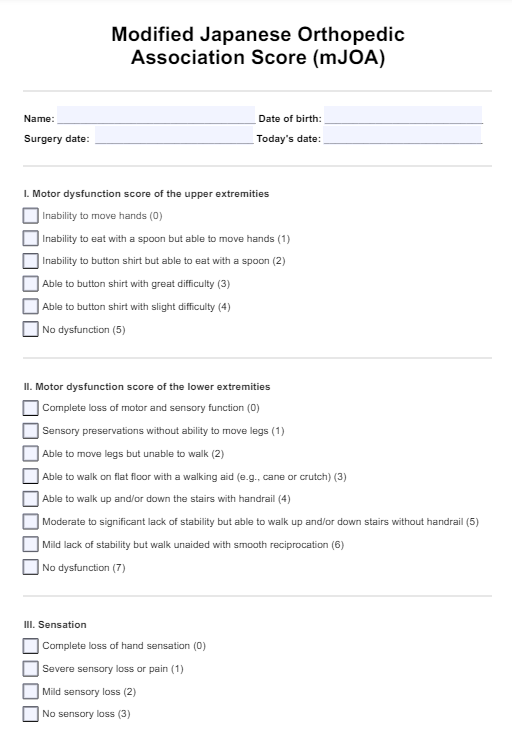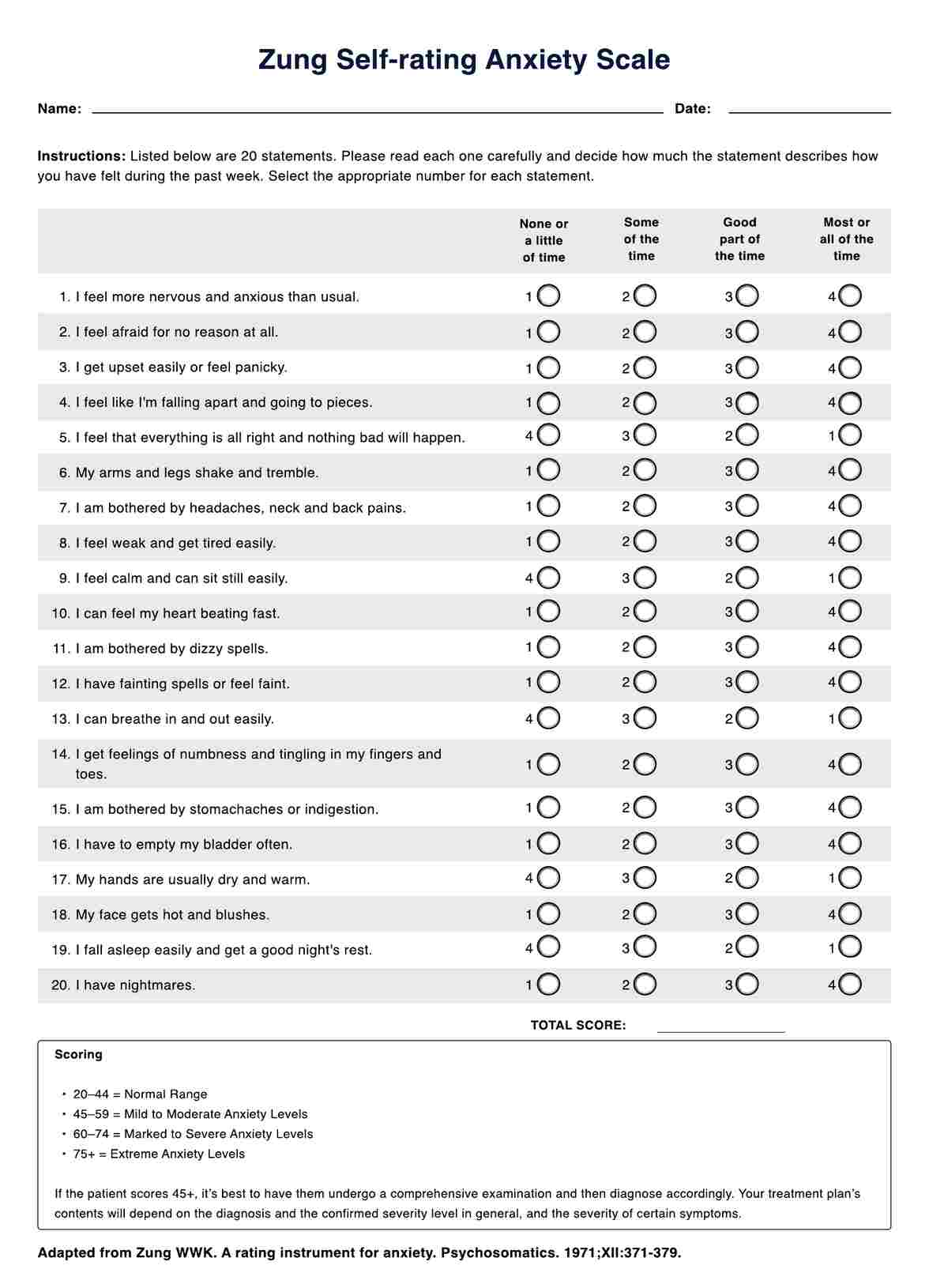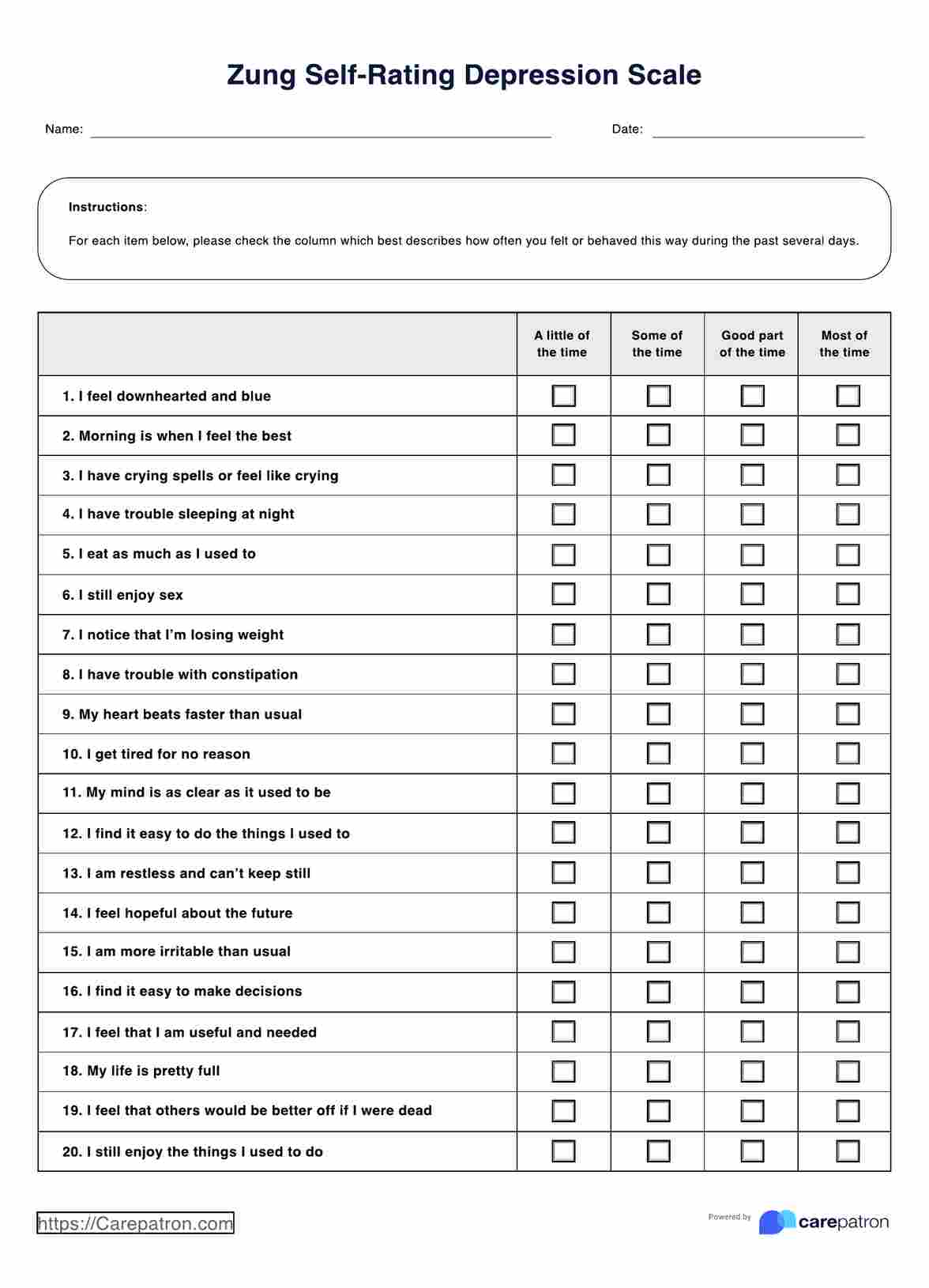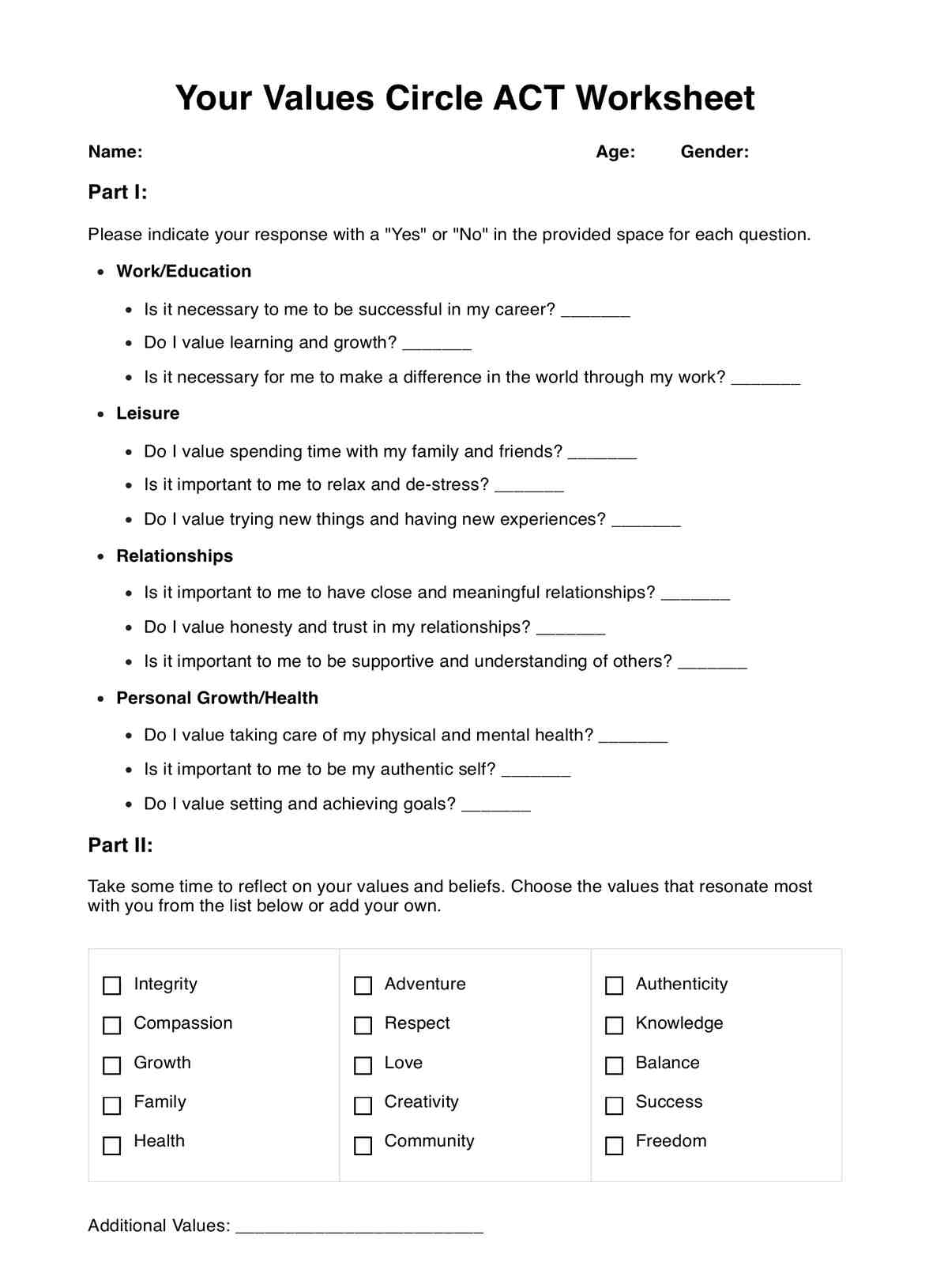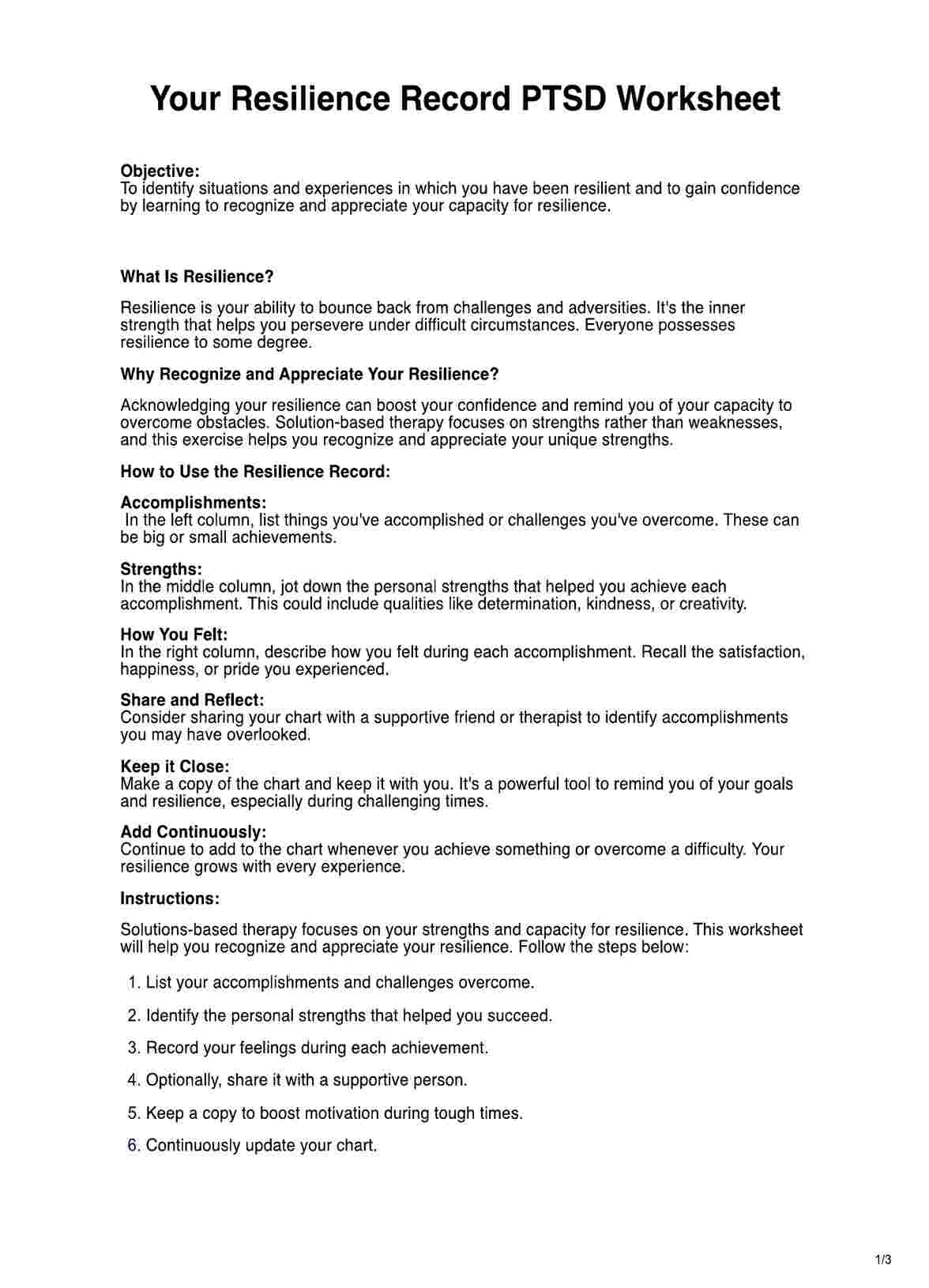An alkaline diet meal plan focuses on slightly alkaline foods such as leafy greens, nuts, seeds, and plant-based proteins, while minimizing animal protein and processed foods. It emphasizes balanced food groups to support overall health, bone health, and optimal energy levels.
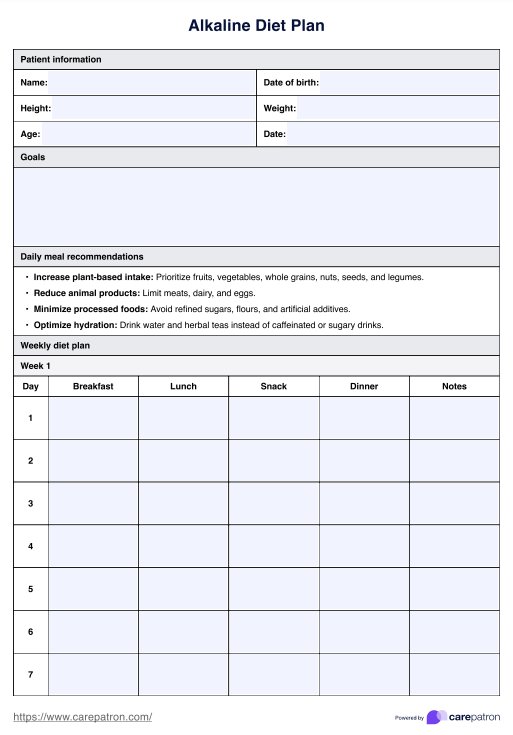
Alkaline Diet Plan
Use Carepatron's evidence-based Alkaline Diet Plan free PDF download to support patient nutrition and wellness in clinical practice.
Alkaline Diet Plan Template
Commonly asked questions
The quickest way to promote alkalinity is by increasing leafy greens, almond milk, green tea, and flaxseed oil intake while reducing acidic foods. Staying hydrated with coconut oil-infused water and consuming sesame seeds, sunflower seeds, and fresh vegetables can also support a slightly alkaline balance.
Traditional coffee is considered acidic, but some individuals substitute it with green tea or herbal alternatives. For those who prefer coffee, adding almond milk or consuming it in moderation within the 80/20 rule can help balance acidity.
EHR and practice management software
Get started for free
*No credit card required
Free
$0/usd
Unlimited clients
Telehealth
1GB of storage
Client portal text
Automated billing and online payments


